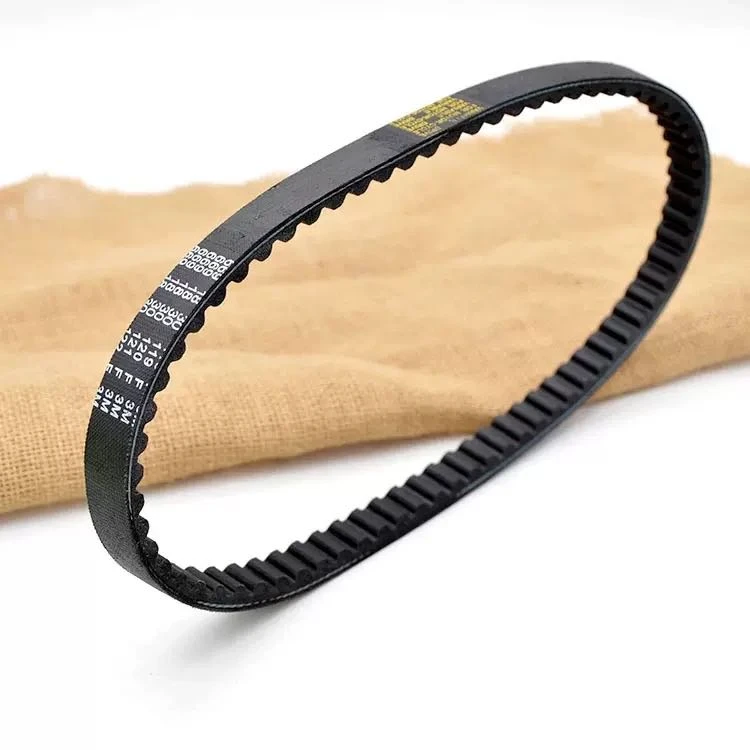- Arabic
- French
- Russian
- Spanish
- Portuguese
- Turkish
- Armenian
- English
- Albanian
- Amharic
- Azerbaijani
- Basque
- Belarusian
- Bengali
- Bosnian
- Bulgarian
- Catalan
- Cebuano
- Corsican
- Croatian
- Czech
- Danish
- Dutch
- Afrikaans
- Esperanto
- Estonian
- Finnish
- Frisian
- Galician
- Georgian
- German
- Greek
- Gujarati
- Haitian Creole
- hausa
- hawaiian
- Hebrew
- Hindi
- Miao
- Hungarian
- Icelandic
- igbo
- Indonesian
- irish
- Italian
- Japanese
- Javanese
- Kannada
- kazakh
- Khmer
- Rwandese
- Korean
- Kurdish
- Kyrgyz
- Lao
- Latin
- Latvian
- Lithuanian
- Luxembourgish
- Macedonian
- Malgashi
- Malay
- Malayalam
- Maltese
- Maori
- Marathi
- Mongolian
- Myanmar
- Nepali
- Norwegian
- Norwegian
- Occitan
- Pashto
- Persian
- Polish
- Punjabi
- Romanian
- Samoan
- Scottish Gaelic
- Serbian
- Sesotho
- Shona
- Sindhi
- Sinhala
- Slovak
- Slovenian
- Somali
- Sundanese
- Swahili
- Swedish
- Tagalog
- Tajik
- Tamil
- Tatar
- Telugu
- Thai
- Turkmen
- Ukrainian
- Urdu
- Uighur
- Uzbek
- Vietnamese
- Welsh
- Bantu
- Yiddish
- Yoruba
- Zulu
નવેમ્બર . 05, 2024 14:00 Back to list
micro timing belt
Understanding Micro Timing Belts Precision in Motion
In the world of mechanical engineering and manufacturing, the term micro timing belt has gained significant importance, especially as industries strive for greater precision and efficiency in their machinery. Unlike standard timing belts that drive larger equipment, micro timing belts are designed for small-scale applications, where intricate movements and perfect timing are paramount.
What Is a Micro Timing Belt?
A micro timing belt is a type of synchronous belt characterized by its compact size and precise tooth structure. These belts are typically used in various applications where accurate positioning and reliable movement are critical. Commonly found in robotics, medical devices, and precision machinery, micro timing belts play a vital role in the functionality of these systems.
The design of a micro timing belt allows it to convey motion with minimal slippage, ensuring that the timing of movements is consistent and predictable. The teeth of the belt mesh with corresponding grooves on pulleys, allowing for efficient power transmission. This precise engagement is crucial in applications where even the slightest deviation can lead to significant errors or malfunctions.
Key Characteristics of Micro Timing Belts
1. Precision Manufacturing Micro timing belts are manufactured to very tight tolerances, ensuring that they fit perfectly within their designated applications. This precision is essential for maintaining the integrity of intricate machinery.
2. Material Composition The materials used in micro timing belts vary depending on the application. High-quality polyurethane with glass or steel reinforcement is common, providing durability and resistance to wear while also maintaining flexibility.
3. Tooth Design The tooth design of micro timing belts can vary based on their intended use. Common profiles include trapezoidal, round, and HTD (High Torque Drive) shapes. Each design serves a specific purpose in aiding smooth and reliable movement.
4. Size Variability Micro timing belts come in a variety of sizes and specifications, allowing them to be tailored to specific machinery requirements. This adaptability makes them suitable for a wide range of industries.
Applications of Micro Timing Belts
micro timing belt

Micro timing belts find applications in several fields, demonstrating their versatility and importance
- Robotics In robotic systems, micro timing belts are used to control the motion of arms, joints, and various components, allowing for precise movements that are critical for tasks such as assembly, packaging, or material handling.
- Medical Devices Many medical devices rely on the accurate transfer of motion, such as in imaging equipment, surgical robots, and automated lab equipment. Micro timing belts ensure that these devices operate smoothly and reliably.
- Optical and Imaging Equipment Devices that require precise positioning, such as cameras and scanners, often utilize micro timing belts to control lens adjustments and other crucial movements.
- Aerospace and Automotive Engineering In the aerospace sector, micro timing belts can be found in systems that require high precision, such as flight control systems. Similarly, in automotive engineering, they may be used in components that demand accurate timing and synchronization.
Advantages of Micro Timing Belts
The advantages of using micro timing belts over other types of belts are numerous. They provide greater accuracy and repeatability, which is essential in high-speed applications. Their compact nature allows for more efficient use of space, making them ideal for applications where size constraints are a concern.
Additionally, micro timing belts generate less noise and vibration compared to chain-driven systems, leading to quieter operation, which is particularly important in medical equipment and precision instruments. They also require less maintenance, providing long-lasting performance and reducing downtime in industrial settings.
Conclusion
The significance of micro timing belts in modern machinery cannot be overstated. By offering precision, durability, and flexibility, they enable a wide range of applications across various industries, from robotics to aerospace. As technologies continue to evolve, the importance of micro timing belts will only grow, reinforcing their role as indispensable components in the quest for efficiency and accuracy in mechanical motion. Understanding and leveraging this critical technology can provide businesses with a competitive edge, ensuring they remain at the forefront of innovation in an ever-changing landscape.
-
Korean Auto Parts Timing Belt 24312-37500 For Hyundai/Kia
NewsMar.07,2025
-
7PK2300 90916-T2024 RIBBED BELT POLY V BELT PK BELT
NewsMar.07,2025
-
Chinese Auto Belt Factory 310-2M-22 For BMW/Mercedes-Benz
NewsMar.07,2025
-
Chinese Auto Belt Factory 310-2M-22 For BMW/Mercedes-Benz
NewsMar.07,2025
-
90916-02660 PK Belt 6PK1680 For Toyota
NewsMar.07,2025
-
drive belt serpentine belt
NewsMar.07,2025

